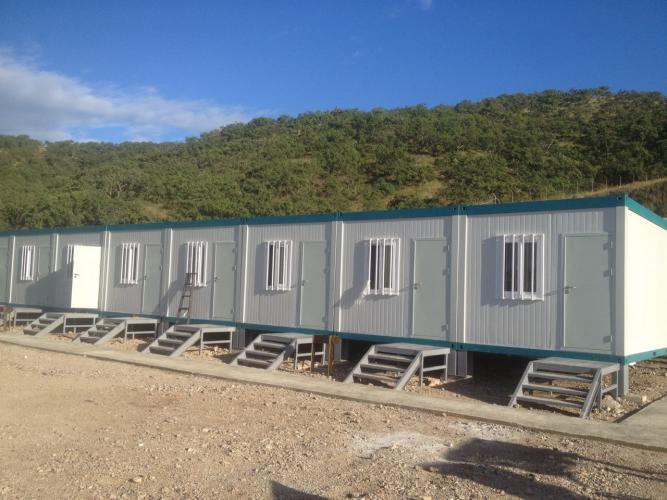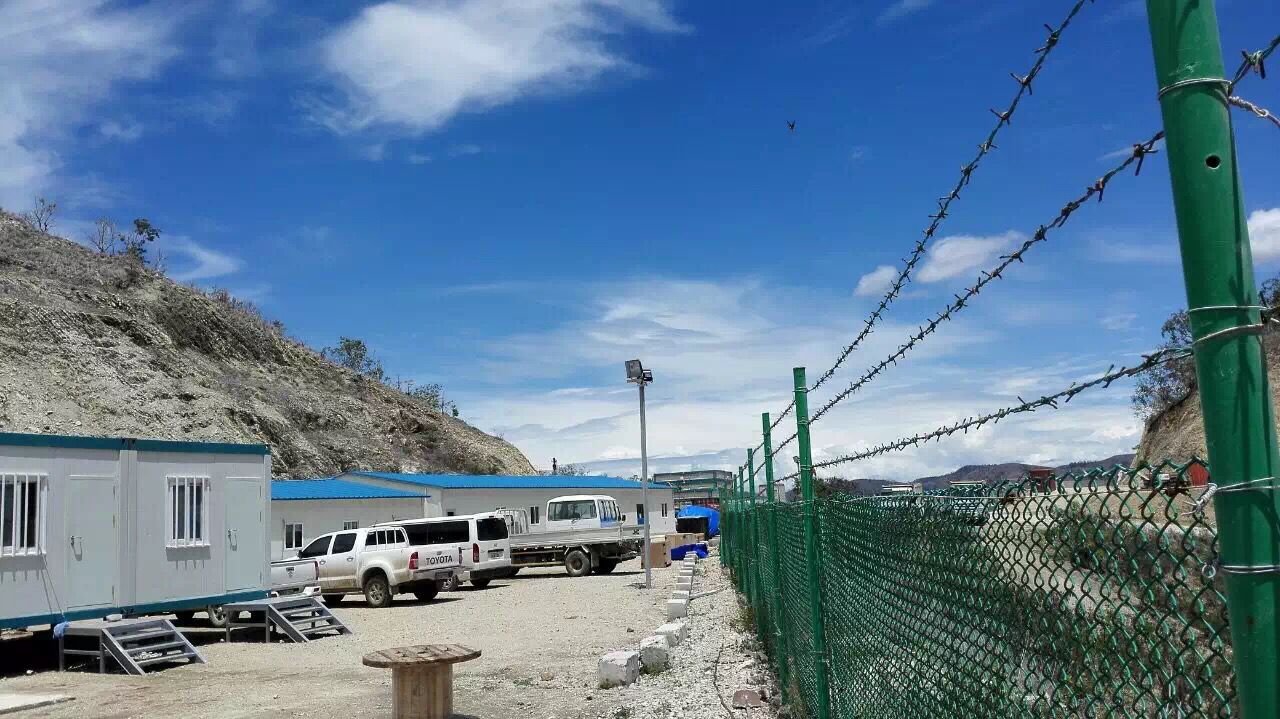As the frequency and intensity of hurricanes continue to increase in storm-prone areas, the demand for hurricane-resistant houses has risen dramatically. People are searching for cost-effective yet durable housing options that can withstand extreme weather conditions. Among the many building solutions, container houses have emerged as one of the most resilient options for those living in hurricane-prone regions. This article will explore the reasons why container houses are ideal for hurricane resistance and delve into the best materials and structural features that make these houses hurricane-proof.
Why Container Houses Are Ideal for Hurricane-Prone Areas
Container houses have become a popular choice in areas affected by severe weather due to their inherent strength, durability, and ease of construction. Let’s explore why these houses are so well-suited for hurricane-prone environments:
The Strength of Steel Containers
Seel containers are made to withstand extreme conditions during shipping. The robust structure of a steel container is designed to resist external forces, making it a natural fit for hurricane-prone areas. Steel’s strength allows it to endure the intense wind speeds and pressures that hurricanes generate. In fact, many container houses have successfully withstood category 4 or even category 5 hurricane winds, with minimal damage.
Durability Against Flooding and Storm Surges
Container houses are also highly resistant to flooding and storm surges. Since containers are typically built with a solid steel frame, they can be raised off the ground to avoid water damage during flooding. Elevated foundations are a key design feature that helps prevent the structural integrity of the container from being compromised by rising waters.
Sustainability and Ease of Construction
Container houses are also environmentally friendly, as they repurpose used shipping containers, reducing waste and the need for new materials. Additionally, their simple design and modular nature make them easy to construct in remote or storm-prone areas, where traditional housing methods may be challenging or expensive.
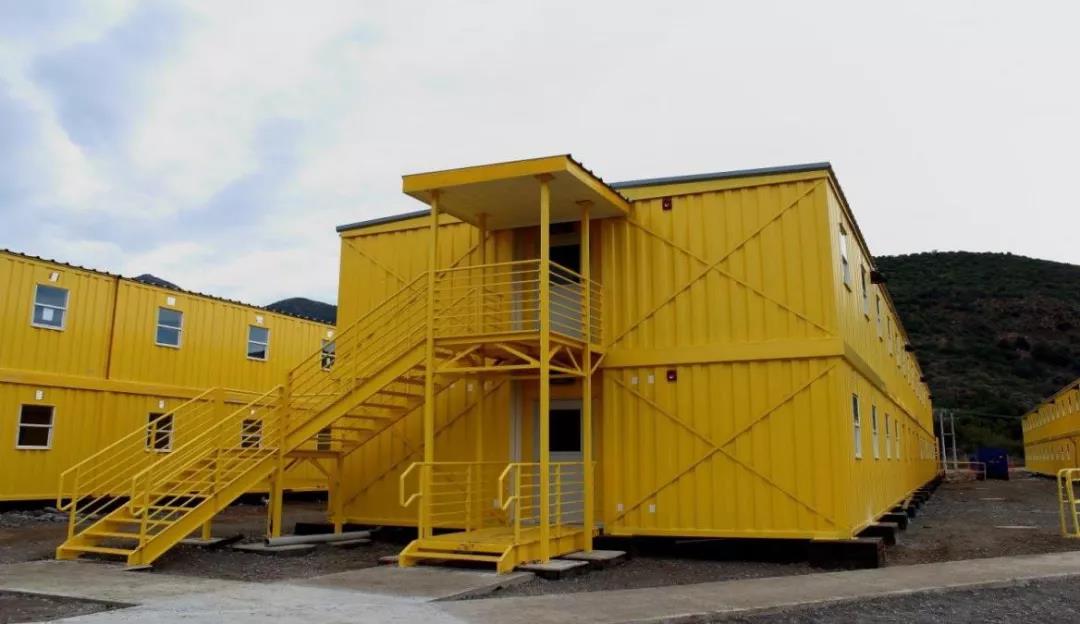
Best Materials for Hurricane-Proof Container Houses
The materials used in constructing a container house are critical to its performance during a hurricane. Here are some of the best materials that should be considered to ensure hurricane resilience:
Steel: The Core Material
Steel containers are naturally resistant to wind, water, and fire. Their robust nature makes steel the ideal material for hurricane-proof houses. The steel used in containers is often thick and strong, allowing the house to resist deformation or damage during strong winds. Additionally, steel is not susceptible to rot, unlike wood, which is a common material for traditional houses.
Reinforced Steel
To further enhance the hurricane resistance of a container house, many designs incorporate reinforced steel. Reinforced steel can be used to strengthen container walls and the overall structure, adding extra layers of protection against wind, debris, and other forces. This additional reinforcement helps the structure hold up even under the most extreme storm conditions.
Impact-Resistant Glass
Windows are one of the weakest points in any building during a hurricane. However, installing impact-resistant glass in container houses can significantly improve their ability to withstand flying debris and high winds. This type of glass is designed to remain intact even when struck by heavy objects, preventing breakage and reducing the risk of injury to the house’s occupants.
Corrosion-Resistant Coatings
Saltwater and humidity, particularly in coastal regions, can cause steel to corrode over time. To counteract this, corrosion-resistant coatings are applied to the steel surface of container houses. These coatings not only protect the structure from rust and degradation but also increase the lifespan of the house in coastal or wet climates. Without such coatings, a container could suffer structural damage much sooner than anticipated.
Fire-Resistant Materials
While hurricanes often bring flooding and high winds, wildfires are also a growing concern, particularly in areas where both hurricanes and drought conditions coexist. Fire-resistant materials like cement board, fire-rated glass, and fire-resistant coatings can be added to container houses to provide protection against the risk of fires, making the house more versatile and safe during a hurricane and post-storm conditions.
Structural Features for Hurricane-Proof Design
While the right materials are essential, a hurricane-proof container house also relies heavily on its structural design features. Here are some of the key elements that should be incorporated to ensure maximum storm resistance:
Reinforced Roof Design
The roof of a container house is one of the most vulnerable parts of the structure during a hurricane. To enhance its strength, reinforced roof designs include thicker roofing materials, added structural supports, and anchoring systems to keep the roof secure during high winds. Some designs incorporate steel beams or trusses to provide additional stability.
Wind-Resistant Windows and Doors
Wind-resistant windows and doors are essential to protect against the impact of flying debris. These doors and windows are typically made from impact-resistant glass and are securely reinforced with steel framing. Additionally, shutters or storm panels can be installed to provide extra protection in the event of a hurricane.
Elevated Foundations
Flooding is one of the most common causes of damage to houses during a hurricane. Elevating the container house off the ground ensures that the house remains dry and structurally sound even during heavy rain and storm surges. Elevated foundations are often achieved by installing piers or concrete footings to lift the container above the flood line.
Cross-Bracing and Reinforced Connections
Cross-bracing and reinforced connections are vital structural elements that enhance the stability of the container house. These additions help prevent the house from shifting or collapsing during strong winds. Cross-bracing is a technique where steel braces are placed diagonally across the container’s frame to distribute forces evenly, while reinforced connections help secure joints and seams.
Aerodynamic Design
The shape of the container itself can be optimized for wind resistance. An aerodynamic design reduces wind pressure on the building during a hurricane, preventing uplift or wind shear that could cause the house to become unstable. Some container designs feature sloped roofs and smooth, rounded corners to minimize wind resistance and pressure.
Chengdong Modular House’s Hurricane-Proof Case
Chengdong Modular House has extensive experience designing and building hurricane-resistant container houses in high-risk areas. One standout example is a project in the Caribbean, where a container house withstood the force of a Category 4 hurricane with minimal damage. This success can be attributed to the careful incorporation of several hurricane-proof design features:
Reinforced Steel: The structure used high-quality, reinforced steel to withstand wind and debris impact.
Flood-Resistant Foundations: The house was built with an elevated foundation that kept the container safe from rising waters.
Storm-Proof Windows: The windows were fitted with impact-resistant glass and storm shutters for added protection.
Feedback from customers in storm-prone areas has been overwhelmingly positive, with many praising the container houses for their resilience, cost-effectiveness, and ability to withstand extreme weather events.
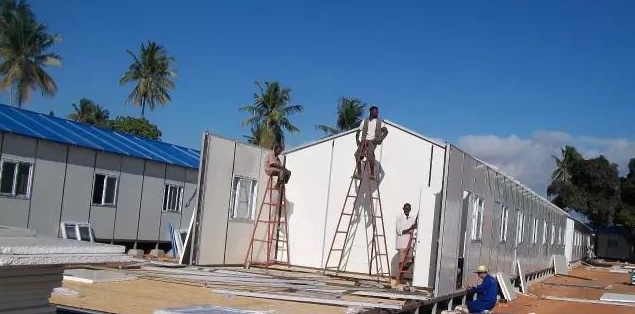
Design Innovations and Future Trends
The future of hurricane-proof container houses is bright, with several innovations on the horizon:
Emerging Technologies
New technologies such as 3D printing allow for quicker and more precise construction, enabling customizations for hurricane resistance. Additionally, advanced insulation materials are being developed to improve energy efficiency and protect against extreme temperatures during storms.
Smart house Technology
The integration of smart house technology is also playing a role in disaster resilience. Automated shutters, storm warnings, and remote monitoring systems can help houseowners prepare for hurricanes and reduce damage. These innovations are making container houses not just stronger but smarter in responding to emergencies.
Building Hurricane-Proof Container Houses: Step-by-Step
Building a hurricane-proof container house requires a thorough process involving architects, engineers, and contractors. Key steps include:
Designing the structural layout with a focus on wind resistance, elevated foundations, and storm-proof features.
Selecting hurricane-resistant materials, including reinforced steel and impact-resistant windows.
Complying with local regulations and permits, which often require specific engineering certifications for hurricane-proof construction.
Conclusion
Container houses offer a resilient, cost-effective, and sustainable solution for houseowners in hurricane-prone areas. By carefully selecting materials such as reinforced steel, impact-resistant glass, and corrosion-resistant coatings, and incorporating key structural features like reinforced roofs and elevated foundations, these houses can endure extreme conditions. Chengdong Modular House’s experience in designing hurricane-proof houses provides valuable insights into creating structures that withstand even the most severe storms. If you’re looking to build a hurricane-resistant house, consider exploring the design solutions offered by Chengdong Modular House.


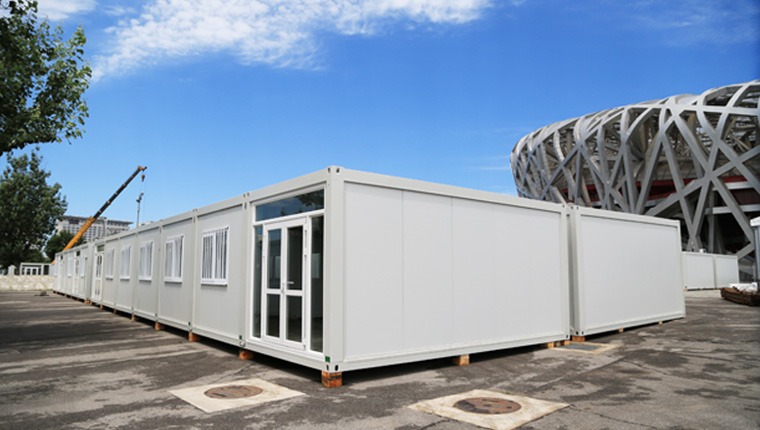
More
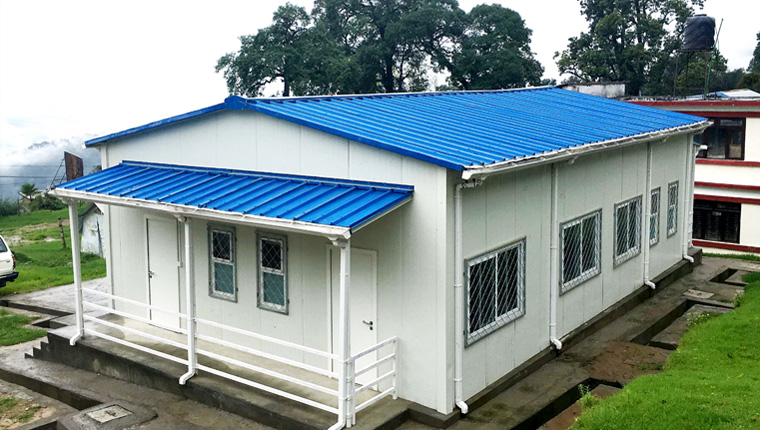
More
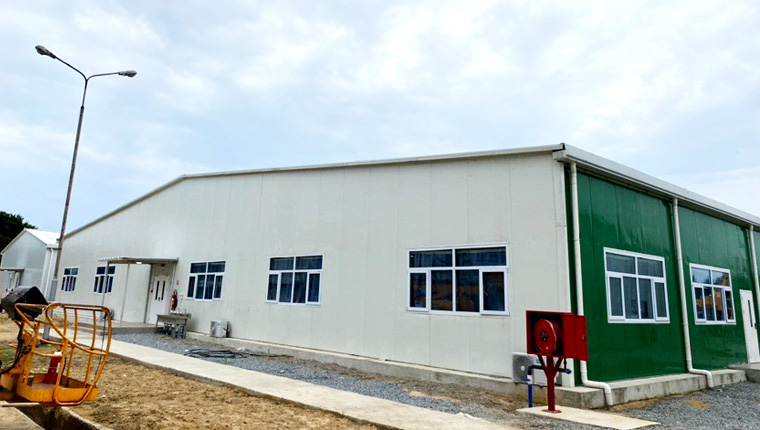
More
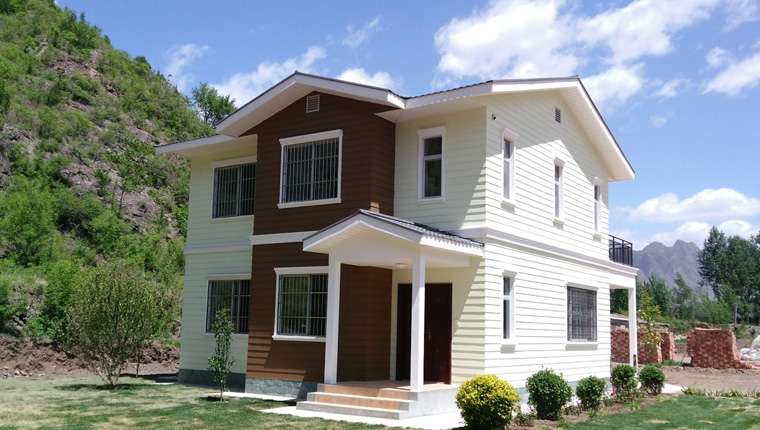
More

More
Learn More


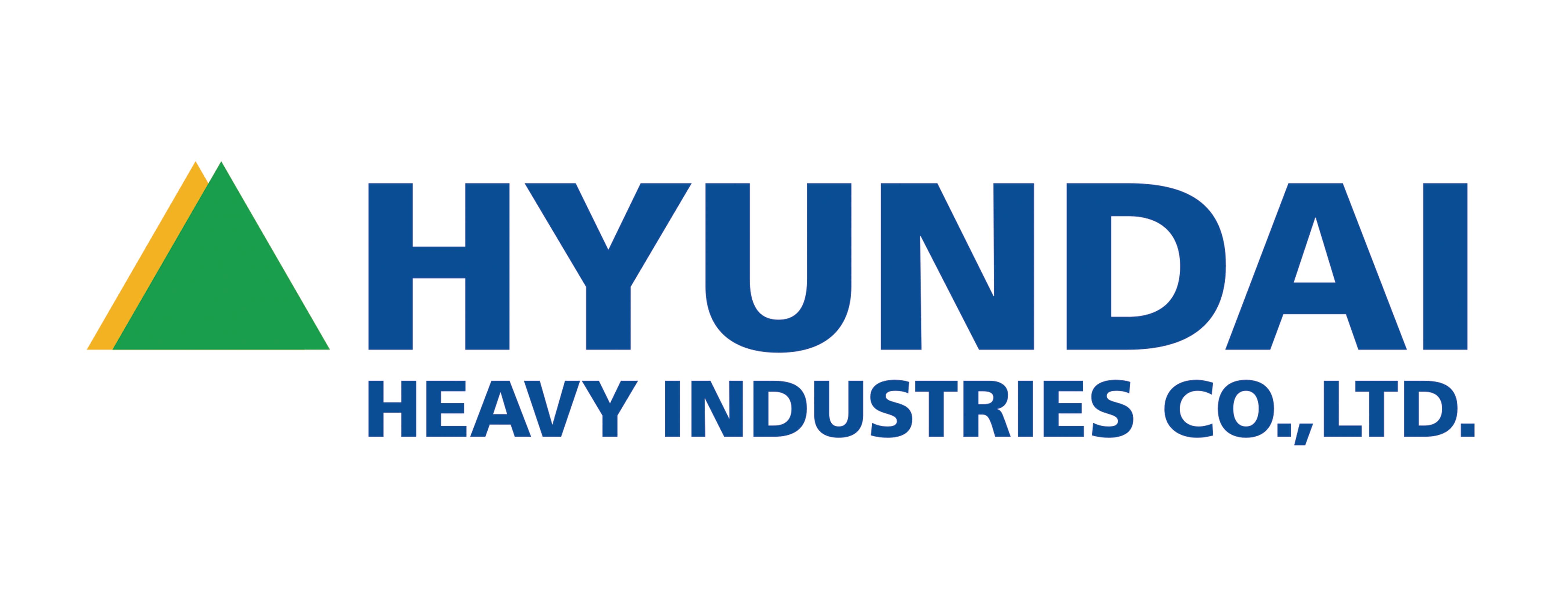
























![Top Advantages of Modular Construction Explained [2025]](/uploads/upload/images/20250424/0fb390068474145a09a8c0504c73b1d2.png)
